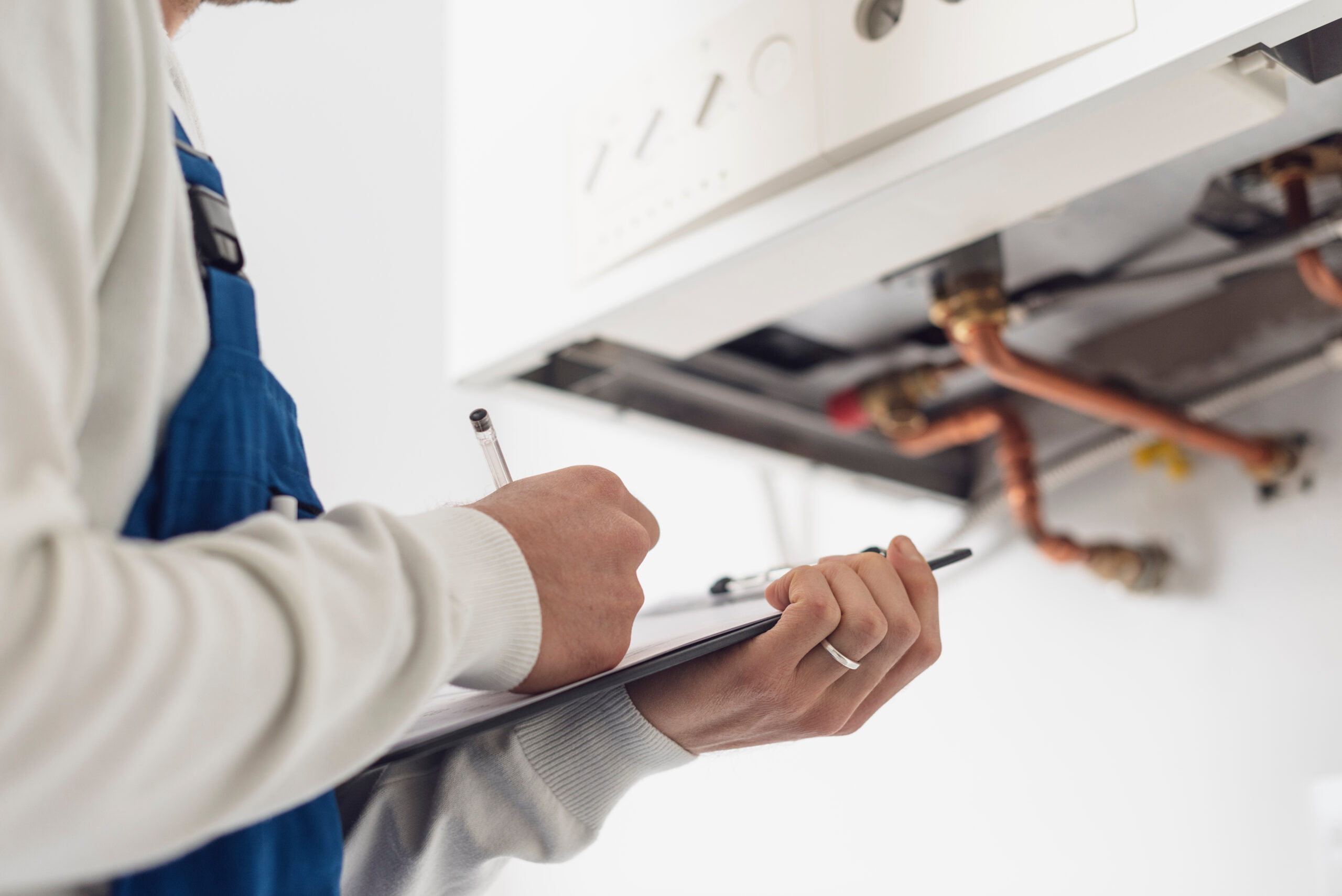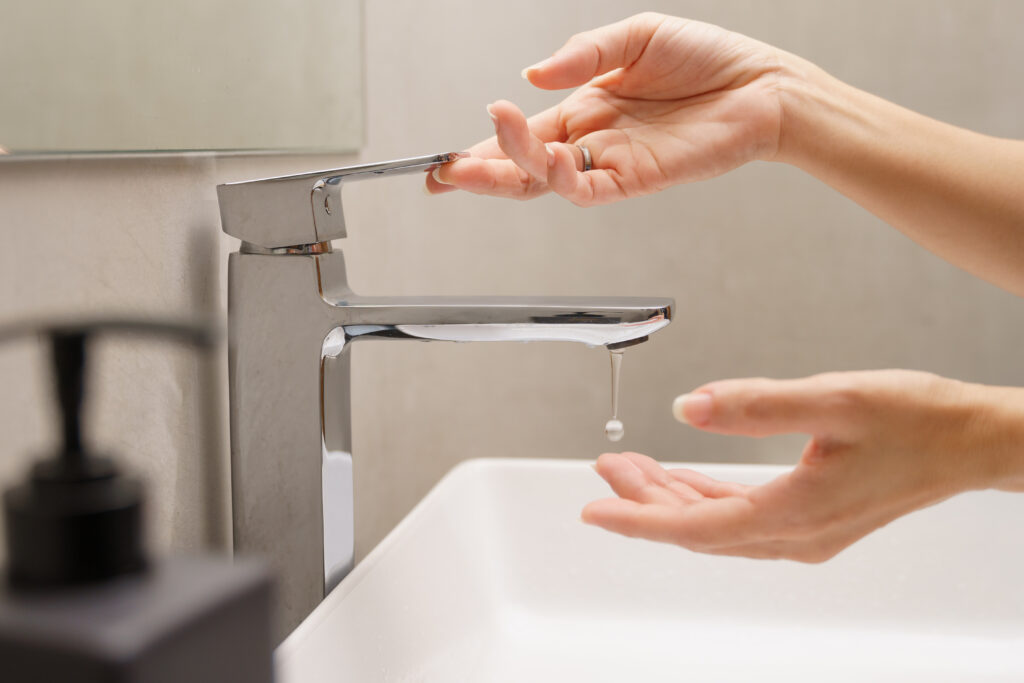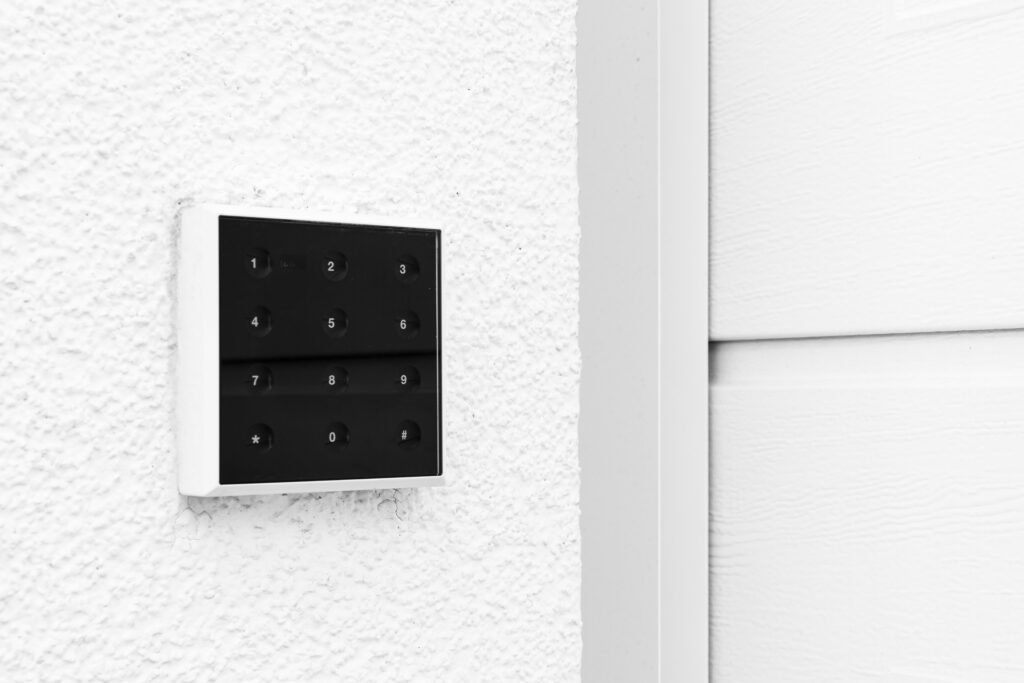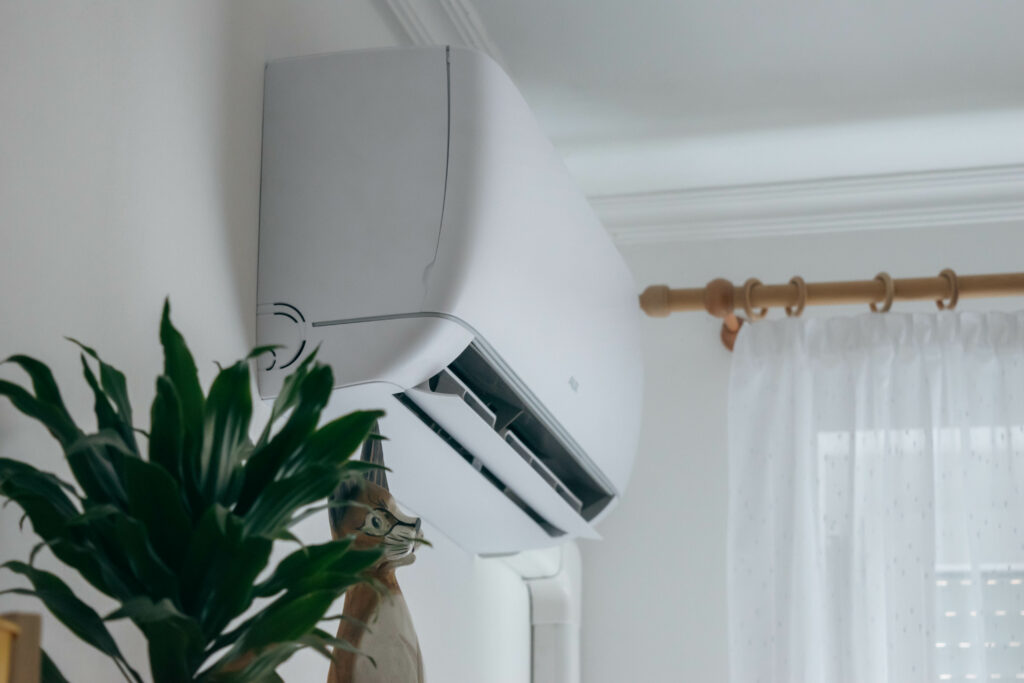What You Need to Know About Boiler Heating Systems in Older Homes
If your home was built in the 1920s or even inspired by that era—think craftsman bungalows, colonial revivals, or early Tudors—chances are you’ve either encountered a boiler heating system or you’re about to. While central heating has evolved significantly in the last century, boiler systems remain quietly powerful and, dare we say, kind of charming in older homes. But with age comes quirks. So whether you’re living in a historic home or just stumbled across a real estate listing with “radiators included,” let’s break this down: how boiler systems work, why they’re still popular in older homes, the perks and pitfalls, and how to keep them from becoming a homeowner headache.
What Is a Boiler Heating System?
A boiler heating system uses water or steam to heat your home, and no, it’s not the same as a water heater—even though both heat water, the boiler’s job is to use that hot water or steam to warm up spaces, not fill up your tub. The system typically pushes heated water through a network of pipes that run to radiators, baseboard heaters, or even underfloor coils (in some upgraded homes).
In 1920s homes, these systems were commonly fueled by coal and later converted to oil or natural gas. Many of them are still chugging along—pretty impressive, right? There’s something to be said about that kind of longevity, but it also comes with some, let’s say, monthly surprises. Understanding how these systems work can help you stay ahead of issues while making cost-efficient decisions about upgrades, repairs, or even…brace yourself…switching systems entirely.
How Does a Boiler System Actually Work?
Okay, imagine this: The boiler acts like a tea kettle. It heats water to a specific temperature—either as hot liquid or steam. Once ready, the system channels this through pipes to your radiators or baseboard piping. Those radiators heat up (usually without a single fan or blower in sight), then radiate heat into the room. When the water cools, it cycles back to the boiler to be reheated. Rinse, repeat.
There are two primary types of systems: steam and hot water. Steam boilers create steam above 212°F, while hot water boilers top out around 180°F and operate at a lower pressure. Generally, hot water systems are more efficient and common in updated versions. If your unit hisses, pops, or requires vent keys for air—steam’s your guy.
Advantages of Boiler Heating Systems
First up: comfort. Radiant heat from radiator systems is different from forced-air systems. It’s even, it doesn’t blow around dust, and it doesn’t dry out your sinuses in winter. The vibe is cozy, almost like being hugged by warmth. It’s a low-maintenance option too—when it works, it works. No ducts mean fewer allergens, no filters to replace, and less maintenance overall.
Boiler systems are also incredibly quiet compared to forced air systems—unless something’s wrong, you won’t hear them. And you’ve got to hand it to the energy conservation aspect. Water holds heat longer than air, so these systems can be impressively efficient when properly maintained.
Common Drawbacks to Be Aware Of
Now for the not-so-charming side of things. First, older boilers can be huge energy vampires. Systems from decades ago can gulp more fuel than needed, especially if not properly cleaned or updated. Plus, radiator and pipe leaks are no joke. Water damage from a burst pipe due to frozen lines or pressure issues can sneak up fast and hit your wallet harder than expected.
Also, retrofitting one of these bad boys with modern technology can get… complicated. Want to add central air later? You’ll need to install ductwork from scratch. And if your pipes run through uninsulated walls or basements, guess what? Heat loss. Lots of it. And let’s not forget the aesthetic factor—some people love the look of old cast-iron radiators. Others? Not so much.
How to Maintain and Prolong Your Boiler’s Life
Let’s be real for a sec. If you’ve got one of these systems, you don’t want it to quit mid-January. Regular maintenance is key. Before each heating season, have a licensed technician inspect and clean the boiler, check for sediment buildup, bleed radiators if necessary, and test pressure and valve function. If your system is steam-based, make sure those vents are cleaned—dust or gunk can throw off the pressure balance.
Insulate any exposed pipes, especially in unfinished basements—that alone can bump your energy efficiency. Oh, and don’t ignore weird sounds like banging, hissing, or constant running water. They’re practically the boiler crying out for help.
When Should You Consider Replacing Your Boiler?
This is one of those inconvenient truths that hits when you’re emotionally attached: sometimes it’s just time to say goodbye. Boilers, even the good ones, typically last around 15–30 years. If yours is creeping into retirement age and repairs are getting more frequent (and expensive), replacing it could be smarter financially long term.
Look for signs like uneven heating in rooms, a noticeable spike in utility bills, lingering damp smells (possibly leaks under the floorboards), or the dreaded cold spots in radiators. Today’s modern boilers are wildly more efficient, smaller, and even wall-mountable. And heads-up: if your current model still runs on oil, switching to gas can reduce diagnostics hassle and lower fuel costs. Just make sure local infrastructure supports the transition.
Protect Your Boiler—and Your Budget—with a Home Warranty from Armadillo
Boiler systems may be built to last, but breakdowns happen—and when they do, they’re not cheap. That’s where a home warranty from Armadillo comes in. We’ve got your back with flexible plans that protect major systems like boilers, helping you skip the stress (and the unexpected repair bill). Whether you’re living in a 1920s classic or have a home that just feels that way, our warranties are built to grow with your house—quirks and all.
And the best part? No one-size-fits-all nonsense. You can build a plan that fits your home, your needs, and your budget in just a few minutes. Really. Start here at armadillo.one or jump right into building your coverage at our custom plan builder. Because whether it’s 1923 or 2024, your home deserves protection that works just as hard as your boiler does.


























